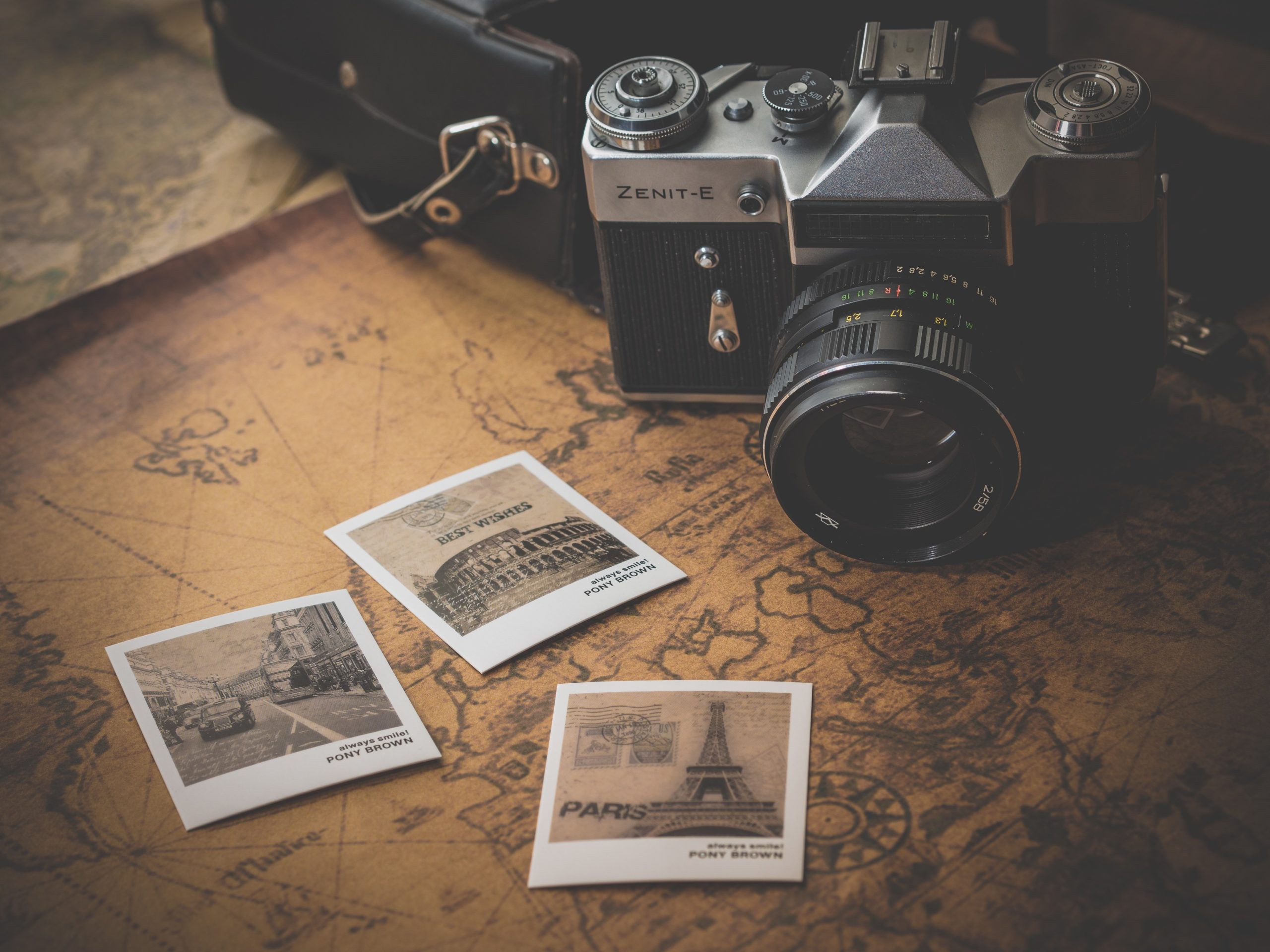Get some knowledge about photography, like unique art techniques. Also, find out who Andreas Gursky is and what his work is. He’s a legend of our time!
Photography has unique aesthetic qualities as a medium of visual dialogue and exchange. To comprehend them, it is necessary first to comprehend the features of the process. A lens inside a camera usually, but not constantly, forms the picture that is captured.
The processing of contemporary materials might occur instantaneously or be prolonged for weeks or even months. For this, we have professionals called photographers. There are a lot of excellent photographers at this time, and between them for sure is Andreas Gursky.
Andreas Gursky is a photographer from Germany best known for his massive digitally modified photos that explore consumer society and modern life’s craziness. His distinctive compositional tactics produce striking pictures that straddle the boundary of realism and imagination. You can look at his work on his website, made with some of the best website builders for photography.
Early Life
He studied photography at the Folkwang Academy in Essen in the late 1970s. At the Staatliche Kunstakademie in Düsseldorf, he studied under Bernd and Hilla Becher. He began by shooting in black and white using a handheld Leica camera, as most of his friends did. Still, he immediately bucked the trend and started working in color with a bigger 4 5 inches (10.2 12.7-cm) camera on a stationary.
Despite his fondness for shooting in color, Gursky’s flat, the impersonal documentary approach put him solidly within the Düsseldorf school of photography.
Gursky began making photos so huge that they could only be printed in a commercial lab by the late 1980s; within a few years, he was printing on an essential photo paper available, and a few years later, he was mixing the enormous single sheets to make his pictures even larger. Gursky was the first artist to create prints as large as 6 8 feet (1.8 2.4 meters).
Gursky’s use of technical, compositional tools to remark on and develop narratives relating to the reality of modern urban life is seen in Paris, Montparnasse.
Gursky frequently used color manipulation to generate a more structured or homogeneous palette, like in 99 Cent II Diptychon(2001), a befuddling diptych photographed in a 99 Cents Only store. He used color manipulation to produce an explosion of reds, yellows, and oranges speckled with blue, pink, white, and black.
Asia
Gursky spent much of the mid-2000s working in Asia, namely in Japan and China. He made a series in Bangkok in 2011 that caught the Chao Phraya River from above. His concentration on reflections, wave action, and the movement of light and shadow on the rushing river resulted in photos that appeared like abstract paintings and satellite shots simultaneously.
With the advent of digital shooting and digital processing, Gursky’s method prompted critics and artists to wonder whether the notion of reality was even relevant to the conversation anymore.
Art Market
The majority of Gursky’s images are produced in limited editions of six, with two artists’ proofs included. GagosianGallery has only promoted Gursky since 2010.
He holds the current global benchmark for the price paid at auctions for one photographic image as of 2011. On November 8, 2011, his print Rhein II sold for $4,338,500. Chicago Board of Trade III (1999–2009) set an auction record for a Gurskyexchange photograph selling 2.2 million pounds in 2013.
Newest Works and Sales
Hong Kong Shanghai Bank I, 2020, Love Parade, 2001. Sale Date: June 30, 2021, Pyongyang II, 2007. Sale Date: June 24, 2021, etc.
This is a Contributor Post. Opinions expressed here are opinions of the Contributor. Influencive does not endorse or review brands mentioned; does not and cannot investigate relationships with brands, products, and people mentioned and is up to the Contributor to disclose. Contributors, amongst other accounts and articles may be professional fee-based.

